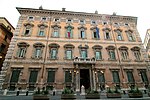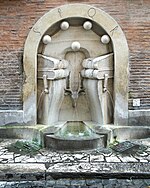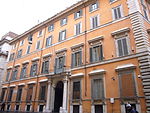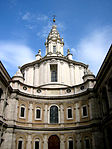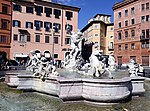Senate of the Republic (Italy)
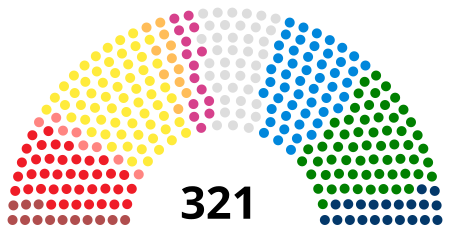
The Senate of the Republic (Italian: Senato della Repubblica) or Senate (Italian: Senato) is the upper house of the bicameral Italian Parliament (the other being the Chamber of Deputies). The two houses together form a perfect bicameral system, meaning they perform identical functions, but do so separately. The Senate currently has 315 seats. Pursuant to the amended Articles 57, 58, and 59 of the Italian Constitution, the Senate has a variable number of members, of which 196 will be elected from Italian constituencies in the next election, 4 from Italian citizens living abroad, and a small number (currently 6) are senators for life (senatori a vita), either appointed or ex officio. It was established in its current form on 8 May 1948, but previously existed during the Kingdom of Italy as Senato del Regno (Senate of the Kingdom), itself a continuation of the Senato Subalpino (Subalpine Senate) of Sardinia established on 8 May 1848. Members of the Senate are styled Senator or The Honourable Senator (Italian: Onorevole Senatore) and they meet at Palazzo Madama, Rome.
Excerpt from the Wikipedia article Senate of the Republic (Italy) (License: CC BY-SA 3.0, Authors, Images).Senate of the Republic (Italy)
Via del Salvatore, Rome Municipio Roma I
Geographical coordinates (GPS) Address Nearby Places Show on map
Geographical coordinates (GPS)
| Latitude | Longitude |
|---|---|
| N 41.899191666667 ° | E 12.474277777778 ° |
Address
Cortile d'Onore
Via del Salvatore
00186 Rome, Municipio Roma I
Lazio, Italy
Open on Google Maps
